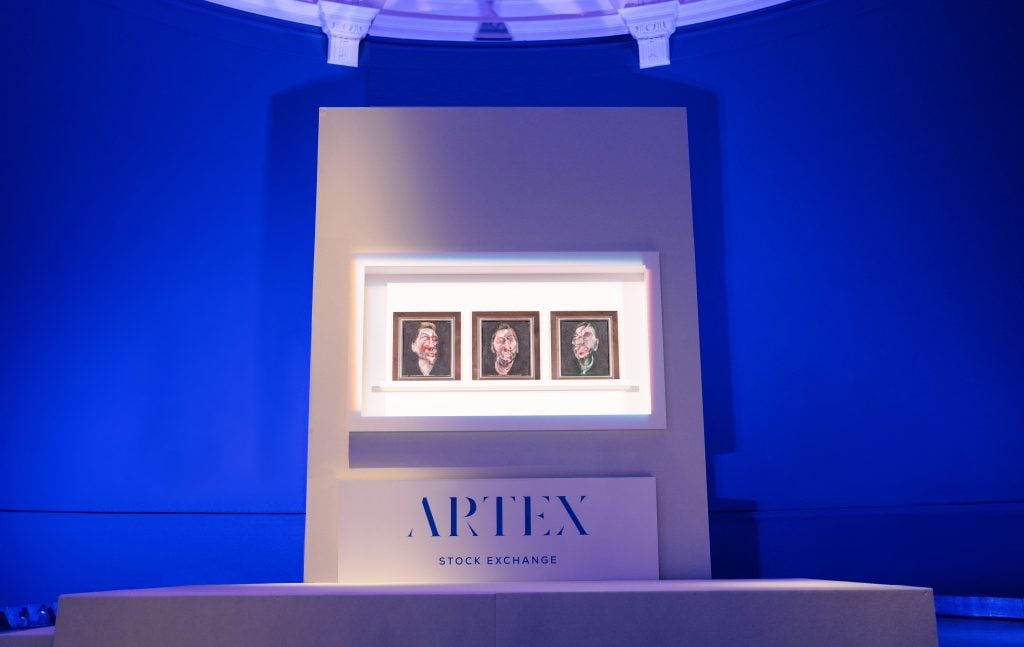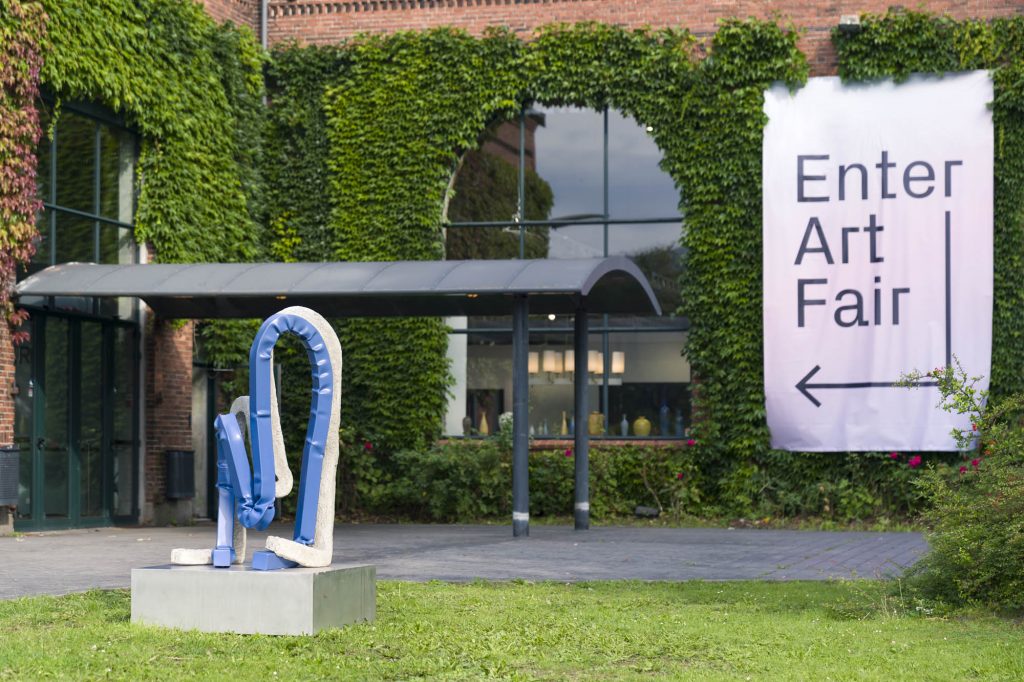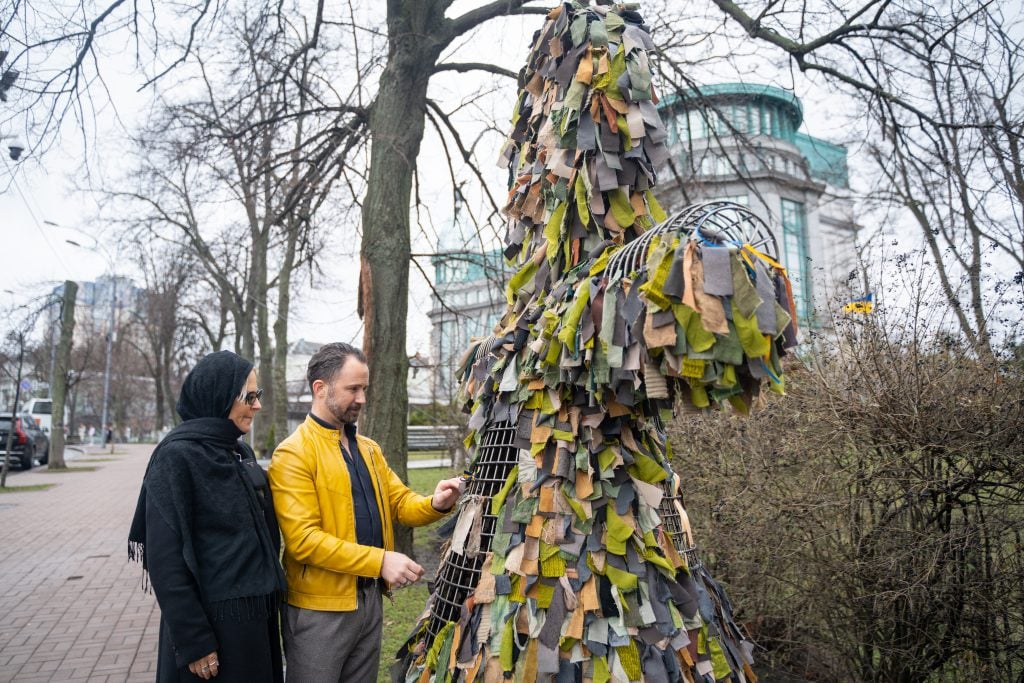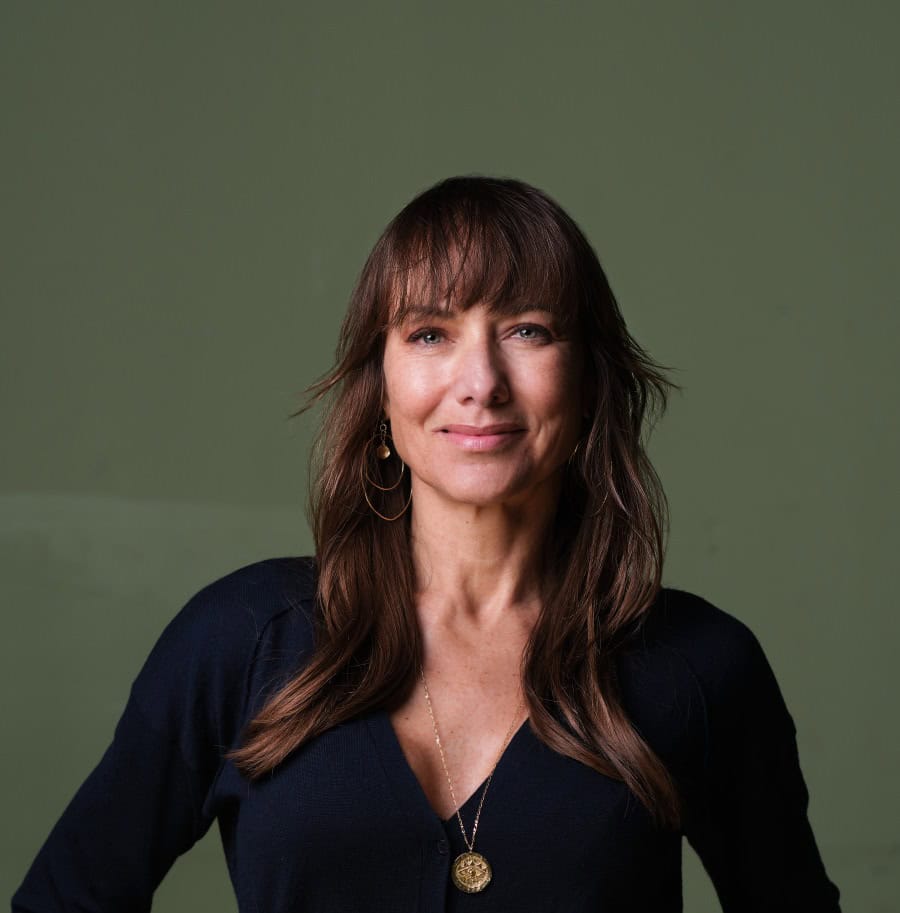“My work is about the ambivalence between the systematic and the intuitive”
Growing up in a family of artists, Anna Nero has been exposed to art ever since she was born. For her, it was not a matter of ‘finding art’; It was always there. Rather, it was a question of finding her own identity as an artist of the postmodern generation, and she did this by experimenting with different approaches and, eventually, developing a practice of her own in between the systematic and the intuitive. Here, she shares her thoughts on this balancing act in a conversation with art historian Ruth Polleit Riechert.

About Anna Nero
Anna Nero was born in Moscow in 1988. Her parents and her grandmother are artists as well. Anna studied Fine Arts under Anne Berning at Kunsthochschule Mainz (Art Academy Mainz) and under Ingo Meller at Hochschule für Grafik und Buchkunst Leipzig (Academy of Fine Arts Leipzig). In 2015, she graduated with honours from HGB in Leipzig and started a two-year Master Class Programme under internationally highly regarded Heribert C. Ottersbach, from which she graduated in 2017. From 2011-2017, Anna Nero held a scholarship from the Cusanuswerk. The artist lives and works in Frankfurt am Main and Leipzig and has had numerous exhibitions in Leipzig, Cologne, Frankfurt, Hamburg, and Detroit, among others.
See all of Anna Nero’s artwork on her website www.annanero.de and buy selected pieces at www.rpr-art.com.
The interview was conducted and published in collaboration with the art platform and onlinemagazine KUNSTBAR (www.kunstbar.de).
When did you start working as an artist and why?
Both my parents work in the artistic field, so I got exposed to art from an early age and took up drawing as a child, but it wasn’t until I received my diploma in 2015 that I actually started to consider myself an artist. A lot of people are creative and have an artistic disposition, however, dedicating your life to painting and trying to make a living from it – that’s a different matter! Initially, I wanted to become a graphic designer like my father, but soon I realised that I wanted to work with my hands rather than with a computer, so I became interested in painting.
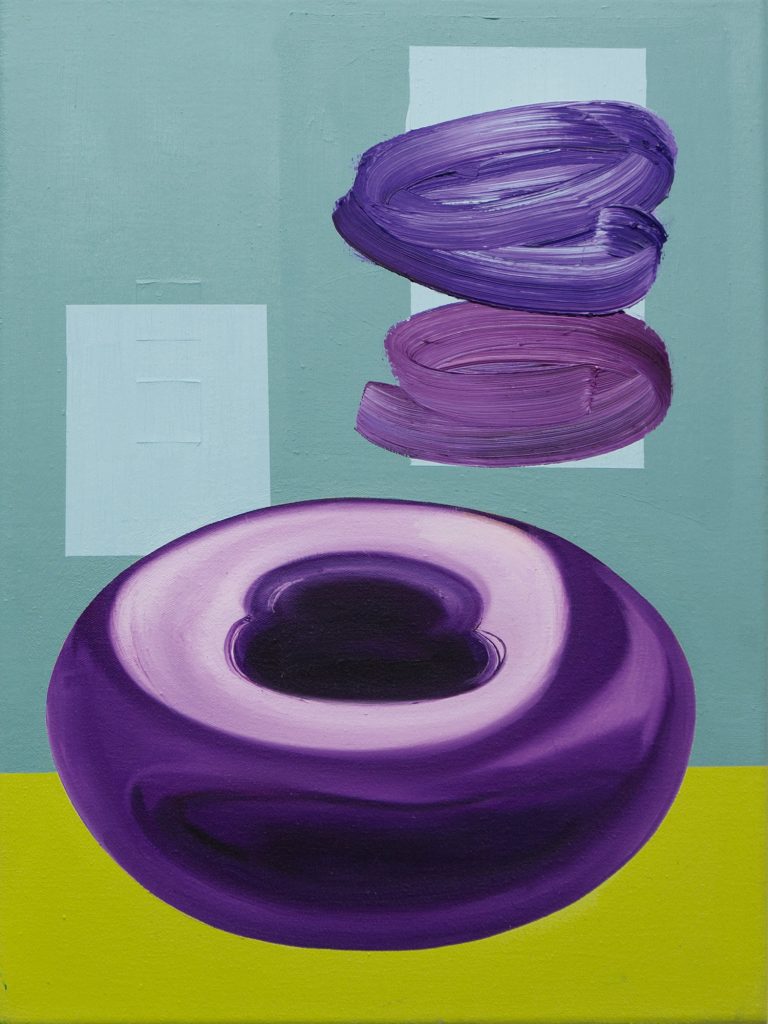
The style of your paintings is unique. How did you develop it and what exactly is your technique?
In 2009, when I had just started art school, I was mostly painting constellations of people in weird spaces and deconstructed rooms. The texture, colour, and shape of each element were always very important, and at some point, it became more important than the figures. So eventually, I had to let go of them. I slowly started to develop a new, abstract way of working. Instead of figures, shapes and gestures became the protagonists of my paintings.
Over the years, I developed certain rules for my artistic practice, and within the boundaries of those rules, I am free. I usually start out with geometric grids and patterns, which are later painted over by brush strokes and more intuitive forms. I continuously go back and forth between strict and sleek geometric shapes and bold, playful brush strokes. Those two are the poles between which my paintings oscillate – constructed and intuitive, strict and playful: My work is about the ambivalence between the systematic and the intuitive. During that process, layer by layer, my paintings develop their own narrative.

Who or what is inspiring you?
The fact that my parents and also my grandmother are artists probably had an impact on my choice of profession. Besides that, I am interested in everyday objects as well as popular culture and design, fashion and advertisement. I like the trivial and banal. The life and “agency” of objects, especially mass-produced items like toys, decoration objects and knick-knacks interest me. When it comes to artists, I really like Jonathan Lasker, Mary Heilmann, Tomma Abts, and Andreas Schulze.
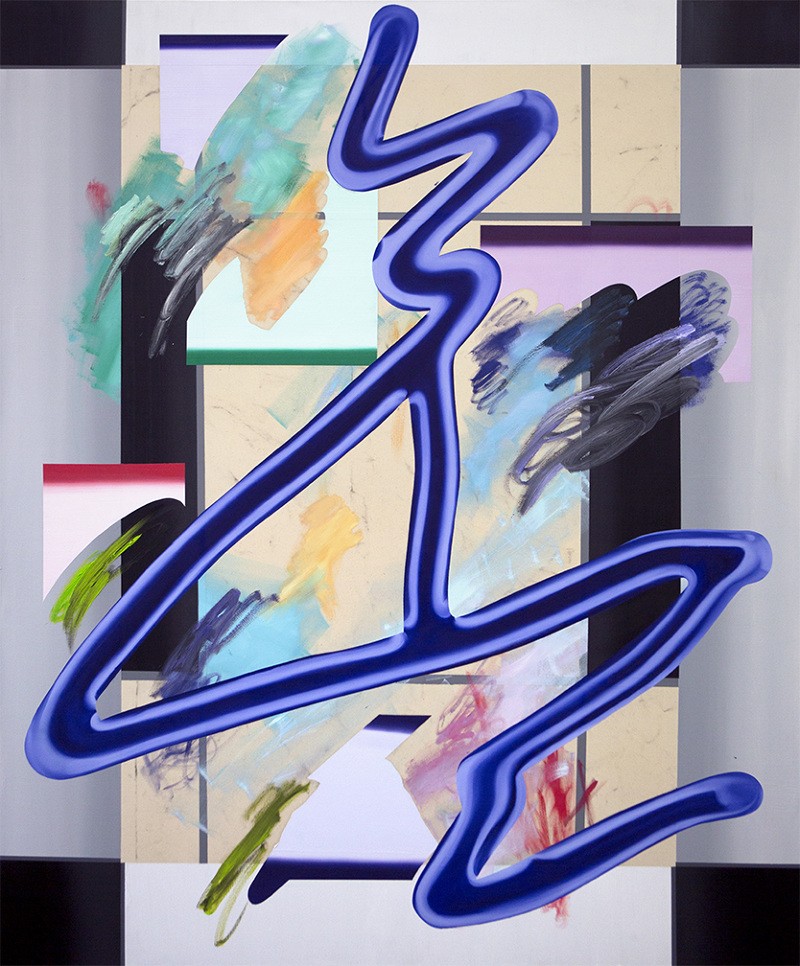
What do you want to express with your art?
While working in the studio, I try to shut out any outside opinions or expectations. I cannot anticipate what people will see in my work, so while creating something, I am the only judge. I hope that people who look at my work at an exhibition get the narrative and sometimes even the irony or the “jokes” hidden in my art. I hope they can relate to the postmodern generation I belong to, as I often sample and quote from other artists and visual fields, and even when I don’t, I just want my paintings to be fun to behold.

